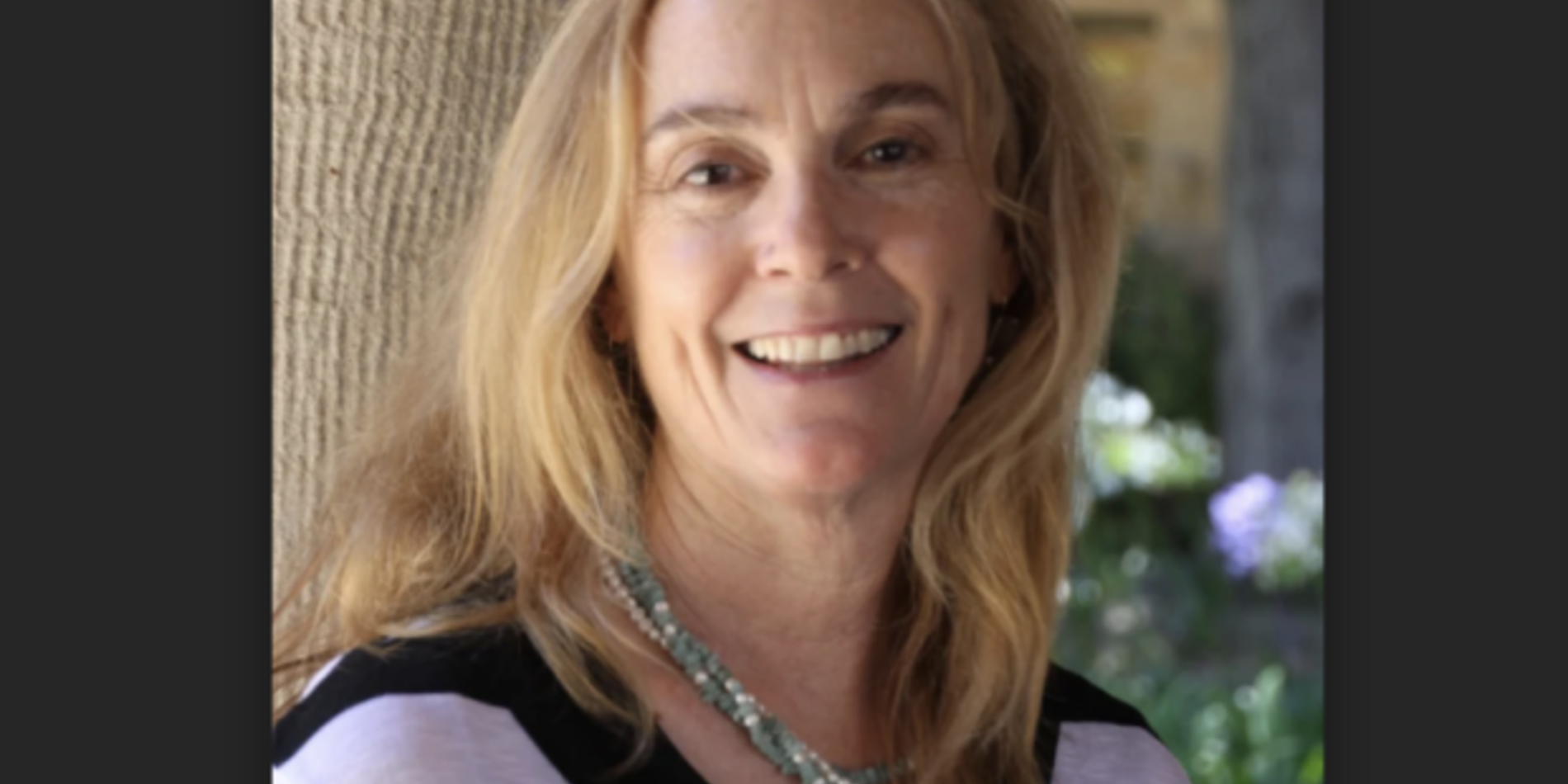I was sorting through some files recently when I came upon my notes from the inaugural PWR2 training that I helped to facilitate with Marvin Diogenes and Andrea Lunsford circa 2004. It was a four-day intensive—somewhat like our current September Sessions--designed to introduce Lecturers to the new PWR2 curriculum and to serve as a crash course in speech pedagogy. By the end of the week, among other things, Lecturers were expected to create and deliver a PowerPoint presentation based on the assignment they would be giving their students in the fall. (I still remember Christine Alfano’s wonderful presentation, but more on that some other time.) Up until that point, the Oral Communication Program, consisting of me, Tom Freeland, and twelve OCTs, had supported a few Lecturers who assigned oral presentations in their courses; however, oral communication instruction, per se, had not been integral to the writing curriculum. Certainly, I don’t think we imagined then that a decade later CTL’s Oral Communication Program would become a part of PWR and that we would bring speaking and writing tutoring together under the elegant roof of the Hume Center. It was a memorable week, made even more so by Marvin’s culminating performance of “Adjunct from Montgomery”—his Grammy-worthy rendition of Bonnie Raitt’s “Angel from Montgomery.” Although only a handful of Lecturers who attended that training are still in PWR’s orbit—John Peterson, Shay Brawn and Donna Hunter come to mind—I suspect that everyone who was at the closing reception fondly recalls Marvin and his Composition Blues Band’s Stanford debut.
I share this reminiscence because it speaks to how far we have come as a program since then. What began that summer as a tentative discussion of how we might leverage the synergies between writing and speaking in the composition classroom has developed into a sophisticated pedagogy that creatively integrates writing, speaking, digital media, and storytelling. Certainly, we have Andrea and Marvin’s vision and their indefatigable work to thank for this achievement, but I would like to take this opportunity to thank you—PWR Lecturers past and present—for the gift of your collaboration with the Oral Communication Program and the contributions you make to our mission every quarter with your thoughtful integration of speaking and performance into your courses. As I wrote last year in this column, I am repeatedly impressed by the expertise and insight you bring to the speaking component of PWR2, and I have come to understand that to teach both writing and speaking in the compressed space of ten weeks, and to teach it effectively, is somewhat like solving a Rubik’s cube, only with much more at stake, of course.
Ethan Plaut, a former PWR colleague, once shared with me that although integrating speech pedagogy and oral presentations into his courses might be challenging, he also found it to be an “animating tension” that enlivened his courses. While I thought this was an intriguing way to describe it, I also realized that part of my role as the Director of the Oral Communication Program is to ensure that we provide sufficient resources and support so “tension” does not become the operative word in implementing the PWR2 sequence, especially for Lecturers new to the curriculum. In this regard, Helen, Tom, and I are always here to give workshops on designing and delivering effective oral presentations, to consult with you about assignments and assessment, and, with Janet, to do our best to introduce OCTs to the PWR2 curriculum and to train them not only to provide effective feedback to your students, but also to appreciate the range of Lecturers’ expectations and approaches. I say “do our best” because since the pandemic, our 40-45 OCTs, like many other Stanford students, have been struggling with stress, anxiety, and a general sense of feeling overwhelmed. Consequently, they have been less available to support PWR courses this year and, much to Janet and my dismay, have been more apt to forget to bring a camera to class or to request a sub at the last moment. We are heartened to see that the tutors seem to be rallying, particularly the ones who trained in person last spring. Nonetheless, I apologize if you have been frustrated or disappointed by your OCT support this year. For the most part, the model of embedding OCTs in courses has been a successful one, and we look forward to continuing to collaborate with you under Jennifer Johnson’s guidance to strengthen the various approaches we already have in place and to explore new ways to tap our OCTs’ talent and potential in PWR2 courses.
As those of you who know me well know, I have the deepest admiration and respect for my PWR colleagues, including our wonderful administrative staff. I see your brilliance, imaginative fortitude, and generosity in every encounter and feel so fortunate to be in this partnership with you and to learn from you. As I write this column, with Thanksgiving a few days away, I give thanks for you, and in that spirit conclude with an excerpt from one of my favorite essays, “Poetry, Permeability, and Healing,” by the poet Jane Hirshfield:
Among the fracturings of the psyche, powerlessness and invisibility are not minimal things. But a person who can ask words to do things words have not done before is not powerless. To make phrases that increase what is possible to think and feel is both exhilaration and liberation. To expand reality is to counter despair, depression, and impotence.
I often return to these words to remind me that a life dedicated to language and to helping others to find and express their language, whether it is written or spoken, literary or vernacular, is a life dedicated to healing, transformation, and possibility.



